-
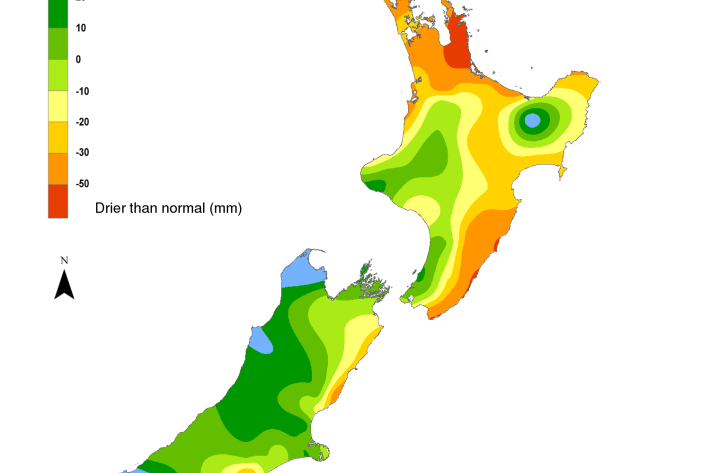
Hotspot Watch 5 December 2019
Hotspot05 December 2019Across the North Island, notable decreases in soil moisture levels were observed from Northland to Waikato, including the Coromandel Peninsula. -

Hottest November on record: NIWA climate scientists
Media release04 December 2019New Zealand has just experienced its hottest November on record, according to NIWA climate scientists. -

Southern Annular Mode
Education ResourceThe Southern Annular Mod is a ring of climate variability that encircles the South Pole and extends out to the latitudes of New Zealand. -
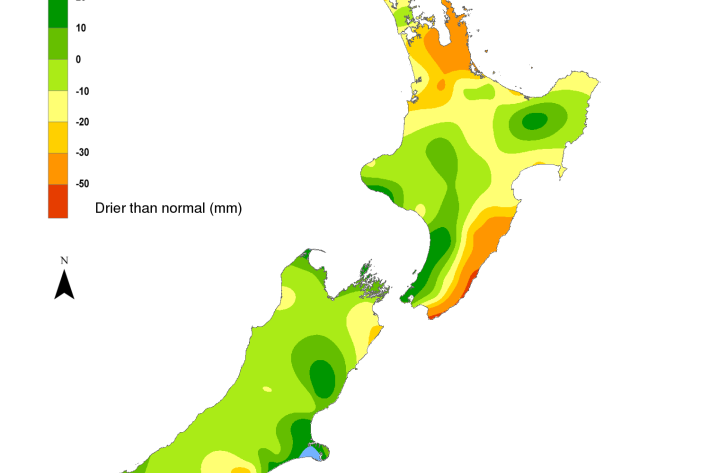
Hotspot Watch 28 November 2019
Hotspot28 November 2019Across the North Island, soil moisture levels decreased island-wide during the past week due to meagre rainfall and above average temperatures. -
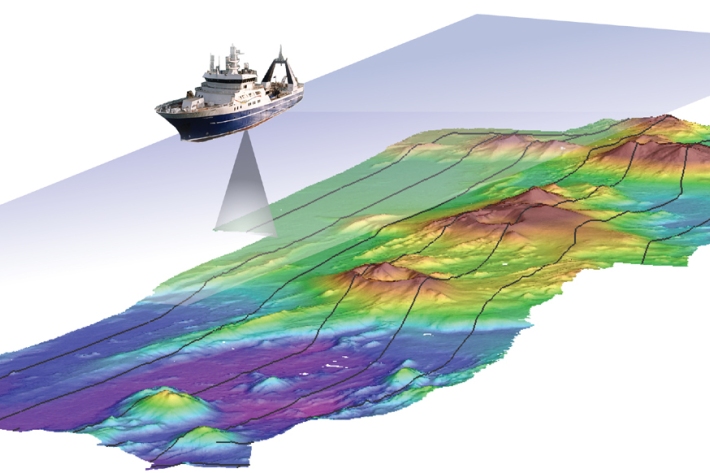
Scientist pieces together details of underwater landslides
Media release28 November 2019New information about landslides that occur on the seafloor off New Zealand’s east coast will help scientists better understand why and where they happen, and the types of threats they pose. -

The week it snowed everywhere
Media release21 November 2019Novel handwriting recognition project casts new light on historic weather data. -
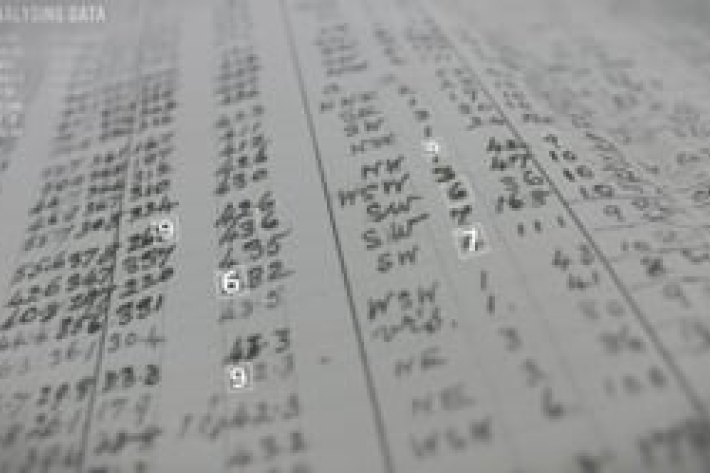
Handwriting recognition casts new light on climate change
-
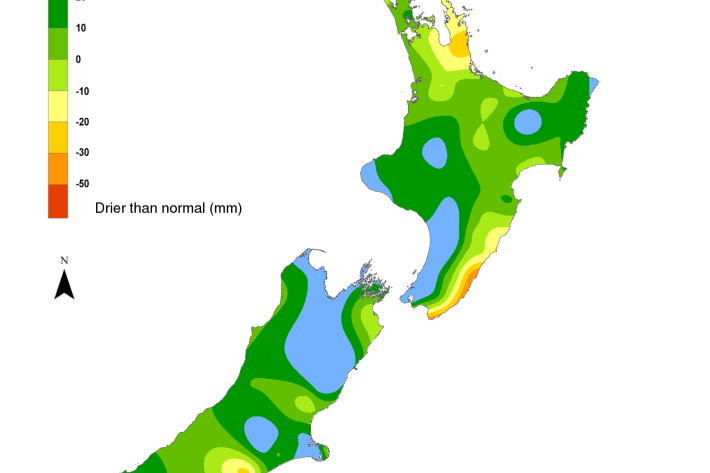
Hotspot Watch 20 November 2019
Hotspot20 November 2019Across the North Island, soil moisture levels increased in many places during the past week. In the South Island, soil moisture levels generally decreased in the east and a slightly increased in the west. -
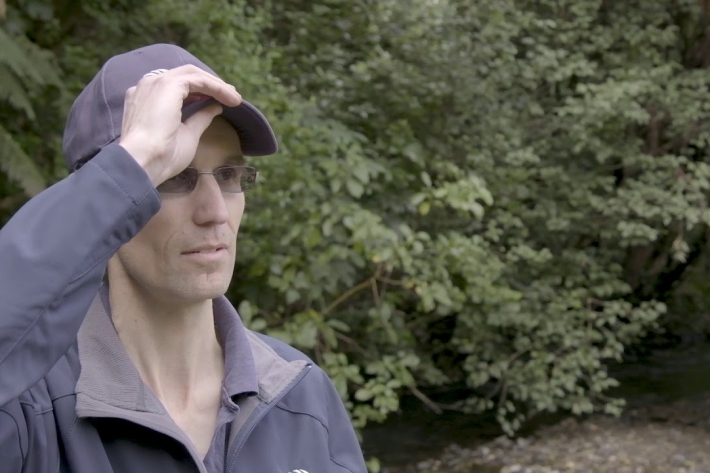
Health and safety in the field
Health and safety is the most important element of any activity. Watch this video before you go out into the field. -
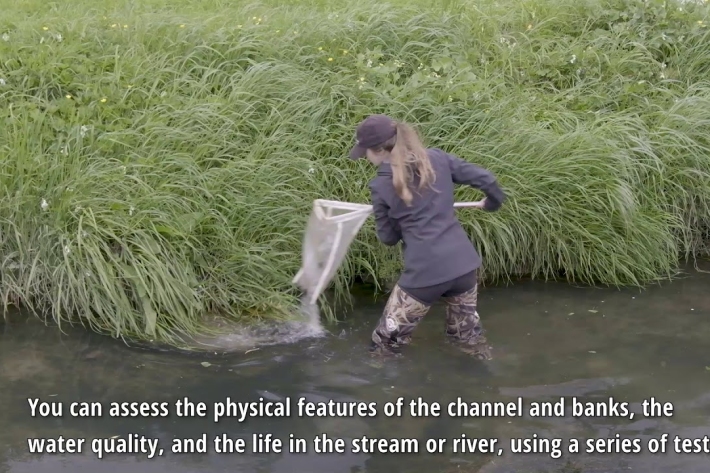
Introduction to SHMAK
Most of us are visual learners. So we’ve created some short videos that demonstrate the methods outlined in SHMAK. -
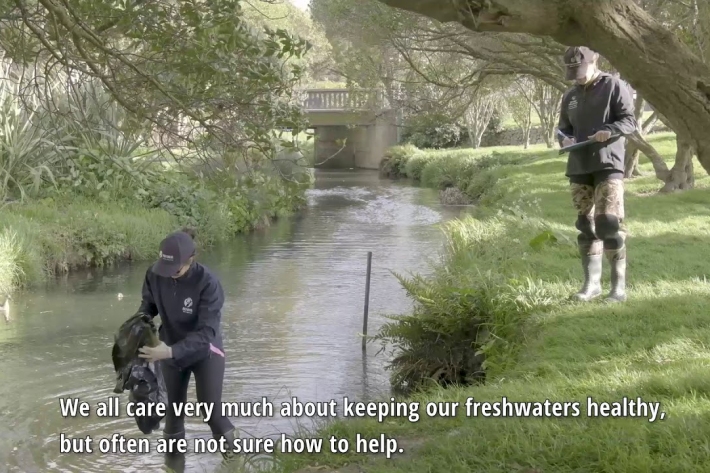
Overview of SHMAK
How healthy is your stream? SHMAK—the New Zealand Stream Health Monitoring and Assessment Kit—has been designed to help you find out. -
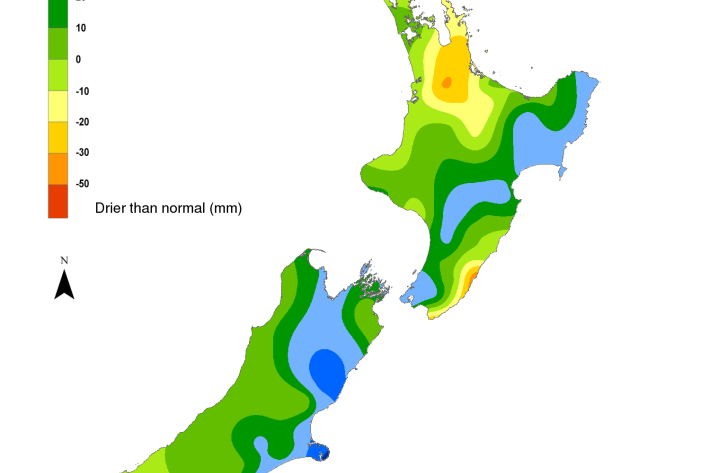
Hotspot Watch 14 November 2019
Hotspot15 November 2019Across the North Island, moderate to large increases in soil moisture levels were observed in most locations due to substantial rainfall in the past week. In the South Island, soil moisture levels increased everywhere during the past week, and significantly so in many places.
